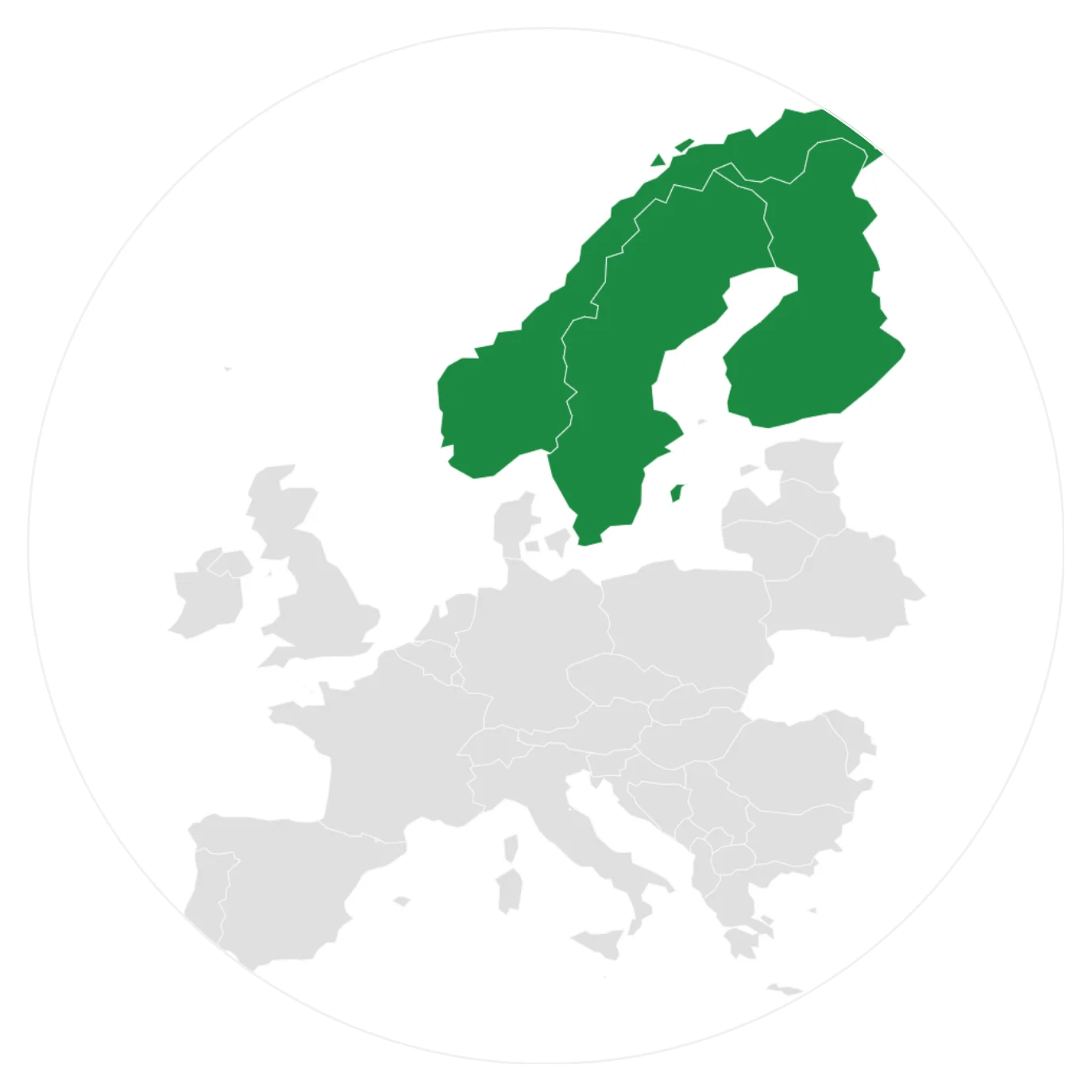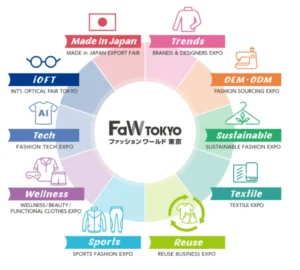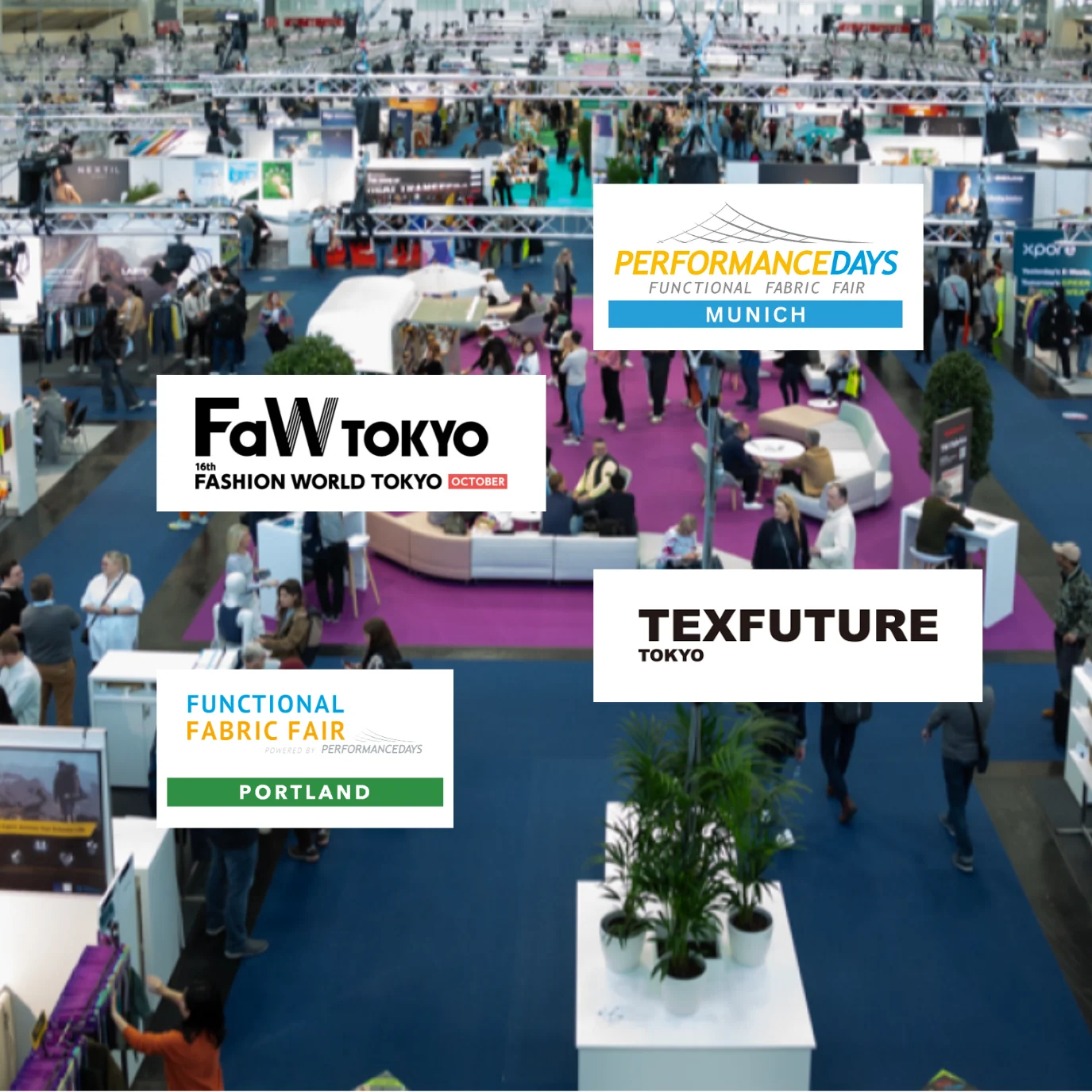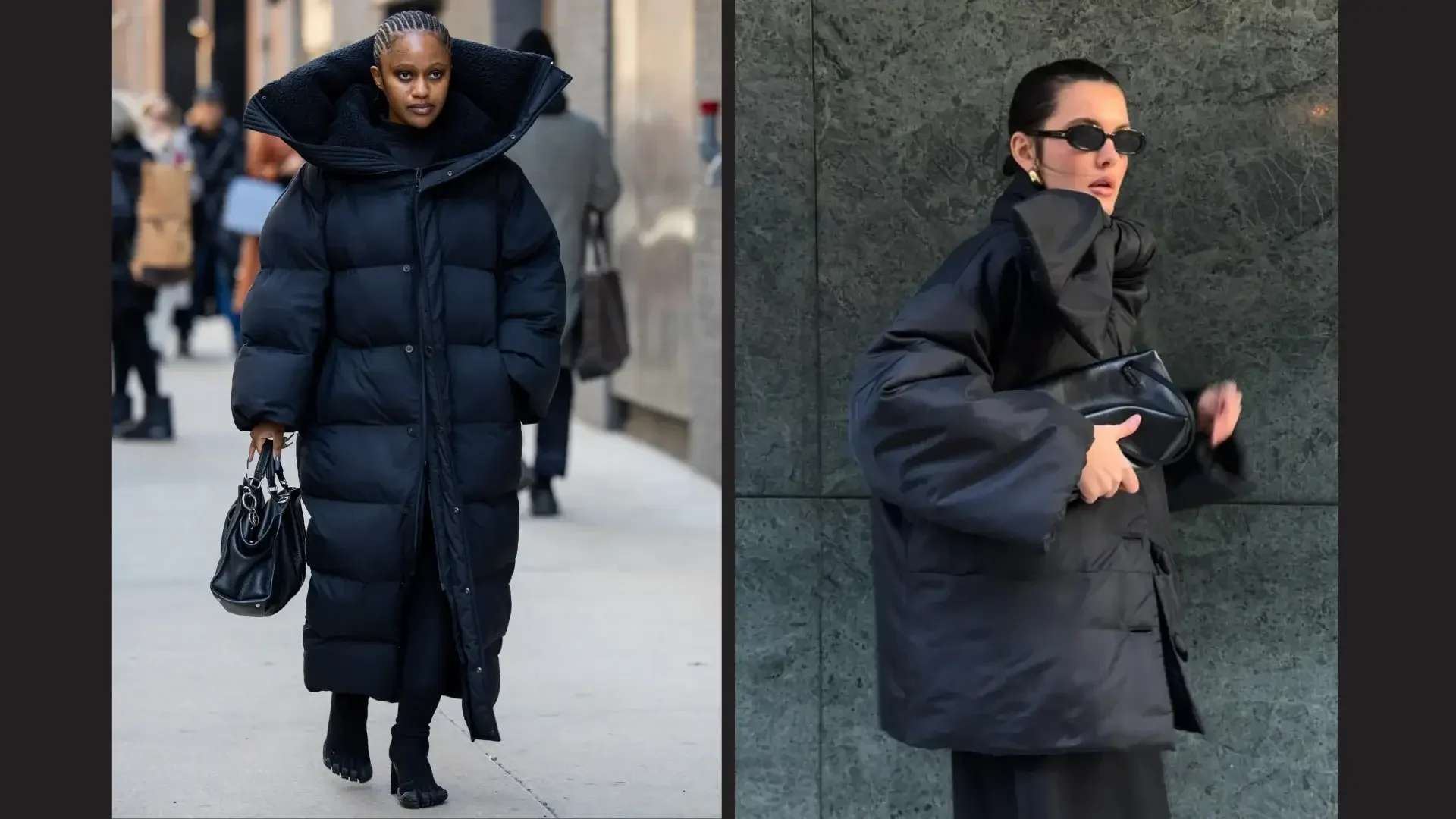- 2025
- |
- Blogs
- |
- Newsletters
Inside this issue
• Synthetic vs Natural Fibers: Why Second Life Matters More Than First Impressions
• Meet the team: Ingela Dahl
• From Summit to Sidewalk:
The Rise of the Streetwear Puffer, a FW25’s Most Embraced Outerwear Trend
• 1ST TRADE FAIRS in TOKYO
• Other TRADE FAIRS: Munich, Portland
CLICK HERE TO SUBSCRIBRE TO OUR NEWSLETTER
- 2025
- |
- Blogs
- |
- Newsletters
meet the team:
A closer look at the individuals behind
Re:Down § Re:Wool
Re:People is a new recurring segment in our newsletter, offering a closer look at the individuals behind Re:Down and Re:Wool. In this issue: Ingela
Read more…
From Summit to Sidewalk: The Rise of the Streetwear Puffer, a FW25’s Most Embraced Outerwear Trend
Once reserved for mountain peaks and snow-covered slopes, the puffer coat has firmly established itself again …
Read more…
Re:Down § Re:Wool:
to Exhibit in Tokyo for the 1st Time
While both brands have long supplied recycled down and and lately recycled wool insulation to Japanese partners, this will be the first time …
Read more…

Synthetic vs Natural Fibers:
Pros & Cons
Why Second Life Matters More Than First Impressions
From alpine expeditions to everyday wear, the choice of fiber is never trivial. It affects comfort, durability, and performance, but also determines the environmental footprint of our clothing and gear. Increasingly, the debate is framed around synthetic vs natural fibers, which performs better, and which is more sustainable? The truth is nuanced. Each fiber, whether down, wool, or polyester, brings its own strengths and weaknesses. What matters just as much as performance, however, is what happens at the end of a product’s life. Let’s take a closer look.
Down (Duck or Goose Feathers)
Exceptional warmth-to-weight ratio
Down is one of the most efficient natural insulators in the world. At equal weight, it retains more warmth than almost any synthetic alternative. This is why down jackets, duvets, and sleeping bags remain the benchmark for cold climates, performing exceptionally in dry conditions and remaining reliable even in moderate humidity.

Compressibility
Down can be packed extremely small and regains its loft quickly, making it the ideal companion for alpine expeditions, camping trips, and travel where space is limited.
Durability
When properly cared for, good down retains its properties for years. A well-maintained down jacket can remain just as warm a decade later.
Limit
The main weakness of down is heavy moisture: in prolonged wet conditions, it clumps together and loses its insulation capacity. However, thanks to the natural oils present in feathers, down can handle light humidity without major impact on performance. Without additional treatments or technical protection, down performs well in cold and moderately damp conditions, though heavy wetness will still reduce its insulation.
Wool
Performs even when damp
Unlike down, wool retains part of its insulating capacity even when wet. This makes it particularly reliable in humid or unpredictable climates.
Thermal regulation
Wool “breathes” naturally, helping the body maintain a stable temperature. It keeps you warm in the cold, but avoids overheating in warmer conditions.
Odour management
Wool fibers neutralize odours naturally, making them especially valuable for garments worn over several days, from base layers to outdoor wear.
Comfort
Wool is naturally soft, stretchy, and pleasant to wear directly on the skin. It provides comfort without sacrificing performance.
meet the team:
Area Sales Manager Sweden Norway Finland
With Re:Down since 2017
Her Path to Re:Down
Ingela has been part of the textile world since 1987. After founding her own agency, Habitex Agenturer AB, she spent decades connecting Scandinavian markets with trusted producers. When Re:Down crossed her path, she immediately recognised the uniqueness of its philosophy:
“I am so proud of the core values and philosophy of Re:Down.”
A Day in Her Role
Her mornings begin with a ritual to prepare both body and mind, be it gym, yoga, or a simple stretch. Once settled, Ingela dives into her “things-to-do” list, balancing calls, emails, and customer visits.
For her, the challenge is reaching people by phone, but also the joy:
“A quick talk explains and solves questions
so much faster than sending emails back and forth.”
She often meets colleagues or friends for lunch, and keeps an eye on Stockholm’s shops and cultural scene to stay inspired. Her favourite moments are when a customer embraces Re:Down and their brand flourishes as a result.

sweden | norway |finland

From Summit to Sidewalk
the Rise of the Streetwear Puffer, a FW25’s Most Embraced Outerwear Trend
Once reserved for mountain peaks and snow-covered slopes, the puffer coat has firmly established itself again as a key player in streetwear for Fall/Winter 2025. No longer just technical gear, this once-utilitarian garment has become a bold fashion statement, seen striding down city streets and luxury runways alike. Oversized, elongated, and unapologetically voluminous, the FW25 puffer is a powerful expression of comfort, style, and evolving values.
This season, leading fashion houses such as Moncler, Balenciaga, Prada, and Louis Vuitton have redefined the boundaries of outerwear. In Milan and Paris, the puffer emerged not only as a cold-weather staple but as a sculptural silhouette: floor-length, cocoon-like, and often rendered in surprising materials. Moncler’s FW25 collection, in particular, elevated the alpine aesthetic with exaggerated proportions and architectural shapes, blending performance with polish.
From Waste to Warmth: How Re:Wool® Is Made
The journey from spinning mill waste to final insulation layer is both technically sophisticated and environmentally thoughtful …
Re:Down § Re:Wool to Exhibit
in Tokyo for the 1st Time
Tokyo
This autumn, Re:Down® will participate in two key trade fairs in Tokyo:

While both brands have long supplied recycled down and and lately recycled wool insulation to Tokyo Japanese partners, this will be the first time Re:Down® takes part in trade shows in Japan. Following a similar first step in Italy last year, the move reflects a broader commitment to engaging directly with industry professionals in core markets. These events will provide opportunities to exchange knowledge, introduce certified circular materials, and support responsible sourcing practices across the fashion and textile sectors.

At the fair, both brands will present:
A fully GRS-certified supply chain for both materials, ensuring transparency, traceability, and compliance with global recycling and social responsibility criteria.
The focus will be on how recycled insulation materials can meet technical and environmental specifications, support circular product strategies, and reduce material waste without compromising quality.
other 2025 trade fairs
Munich, Portland
On top of the two fairs in Tokyo:
We will be attending 2 other major fairs in the coming months:
We look forward to meeting you.

Posted on September 22, 2025








